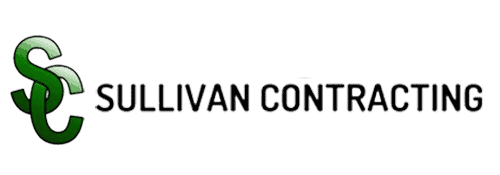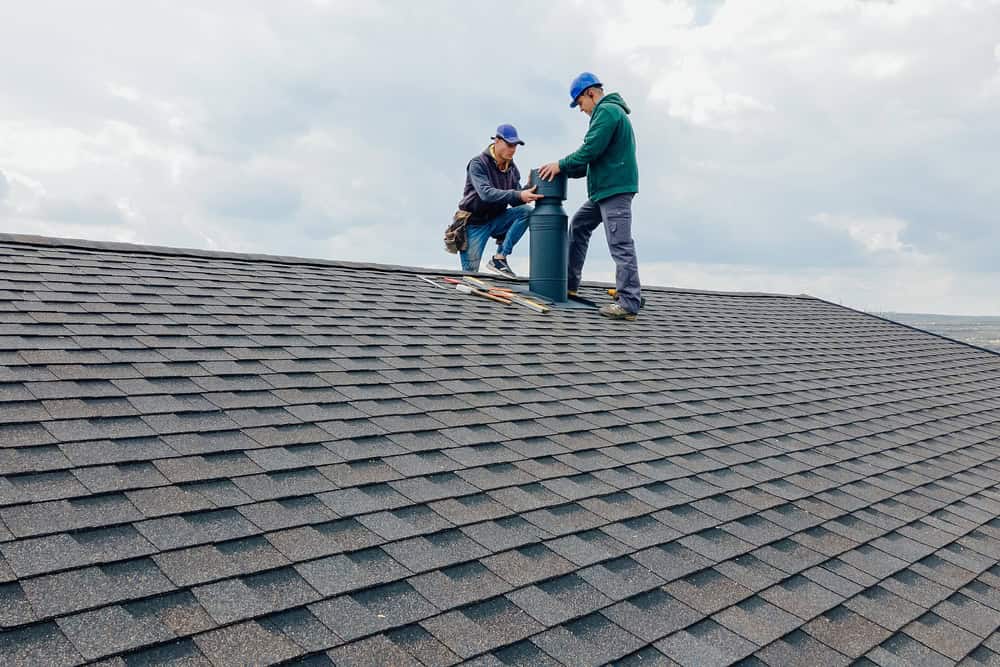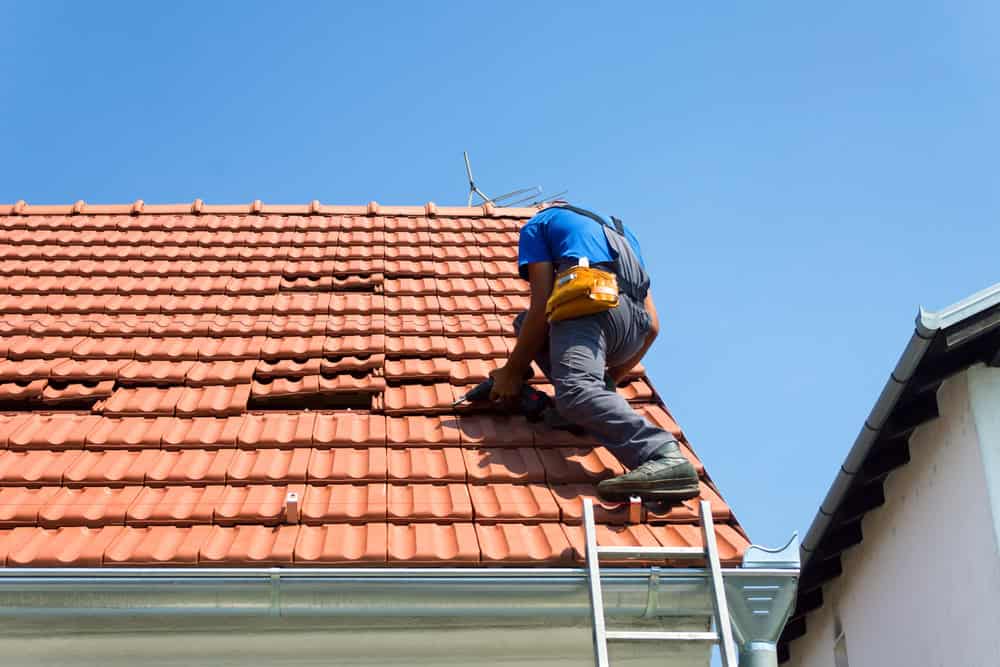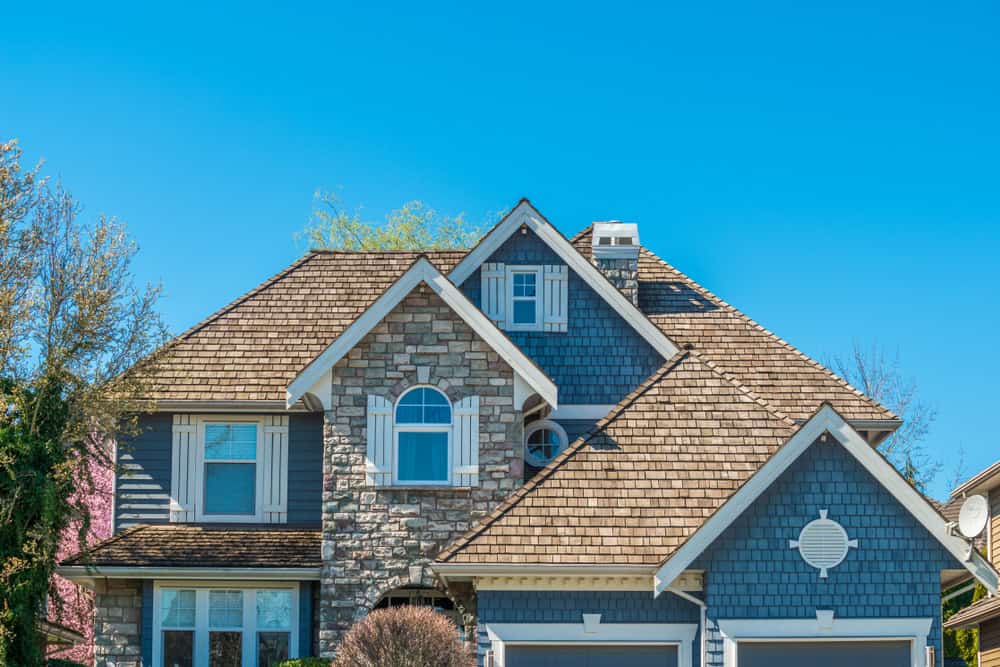Summary:
Why Vinyl Siding Delivers Real Financial Returns in Connecticut
Let’s cut straight to the numbers that matter. Vinyl siding installation increases your home’s value by an average of $15,490 according to recent industry data. That’s a 95% return on your investment – meaning you get back nearly every dollar you spend when you sell.
But the financial benefits start immediately, not just at resale. You eliminate the recurring costs of painting, staining, and repairs that wood siding demands every 3-5 years in Connecticut’s climate.
Your energy bills drop because modern insulated vinyl siding creates a thermal barrier that keeps your home comfortable year-round. The savings compound over decades of ownership.
Energy Savings That Show Up on Your Monthly Bills
Connecticut winters are expensive when your home bleeds heat through poor siding. Insulated vinyl siding with R-values up to 4 creates continuous insulation that prevents thermal transfer – the technical term for heat escaping your home.
This isn’t theoretical. Homeowners report noticeable reductions in heating and cooling costs within their first season after professional installation. The continuous insulation allows your HVAC system to work more efficiently while maintaining consistent indoor temperatures.
The energy code in Connecticut increasingly requires continuous insulation for new construction and major renovations. Installing insulated vinyl siding now means you’re ahead of future requirements while enjoying immediate savings.
Beyond temperature control, you’ll notice reduced noise from traffic and weather. The improved thermal envelope prevents ice dams and condensation issues that plague many Connecticut homes during winter months. These problems cost thousands to repair when they occur.
Modern vinyl formulations also qualify for energy efficiency tax credits in many cases. Check with your tax professional about current incentives for energy-efficient home improvements that could offset your installation costs.
Coastal Protection That Actually Withstands Connecticut Weather
Living in New London or Windham County means your home faces salt spray, high humidity, and powerful winds that destroy conventional siding materials. Wood absorbs moisture and rots. Metal corrodes from salt air. Paint peels and bubbles under these harsh conditions.
Quality vinyl siding handles coastal Connecticut weather without breaking down. The material won’t absorb moisture like wood, completely eliminating rot and mold concerns that plague traditional siding. Salt air that destroys other materials simply rinses off during routine cleaning.
Temperature swings that cause wood to crack and metal to expand don’t affect properly installed vinyl siding. The material flexes with temperature changes without compromising its protective barrier or appearance. You won’t see the warping, buckling, and splitting that ruins other siding materials.
Storm resistance matters when you’re dealing with nor’easters and coastal storms. Vinyl siding withstands high winds up to 110 mph when properly installed, plus hail and driving rain that can damage other exterior materials. You avoid expensive repairs after every major weather event.
The UV resistance built into modern vinyl prevents the fading and chalking that made older vinyl siding look cheap. Your home maintains its fresh appearance for 20-25 years without the constant touch-ups other materials require.
Professional Installation Makes or Breaks Your Investment
Here’s the reality that separates successful siding projects from expensive failures: 90% of siding problems stem from improper installation. The material quality matters, but installation technique determines whether your siding performs as intended or creates costly problems.
Connecticut’s climate demands installation techniques that account for thermal expansion, moisture management, and wind resistance. Shortcuts create problems that show up within years instead of decades.
Professional installation protects your investment and ensures you get the performance and longevity you’re paying for.
What Our Professional Installation Actually Includes
Our professional vinyl siding installation starts with complete removal of existing siding and thorough inspection of your home’s structure. Any rot, damage, or issues get addressed before new installation begins – because covering problems doesn’t solve them.
House wrap installation creates a critical moisture barrier while allowing vapor transmission. This step prevents water infiltration while avoiding trapped moisture that causes mold and structural damage. Proper flashing around windows, doors, and penetrations ensures water flows away from your home’s structure instead of behind your siding.
Insulated siding installation requires precision that DIY attempts rarely achieve. The foam backing must contact both the wall surface and siding interior without gaps or compression that reduces effectiveness. We maintain consistent insulation performance across your entire wall surface.
Fastening techniques separate professional work from amateur attempts. Vinyl siding must be attached to allow thermal movement while maintaining secure attachment. Over-driving fasteners or incorrect spacing creates stress points that lead to cracking, buckling, and panel failure.
Trim work and finishing details create the seamless appearance and weather protection you expect. Proper J-channel installation, corner treatments, and soffit integration require experience and attention to detail that shows in the finished product.
Maintenance That Actually Makes Sense for Busy Homeowners
One of vinyl siding’s biggest advantages is minimal maintenance that busy homeowners can actually manage. Annual cleaning with a garden hose removes salt residue, dirt, and organic growth – particularly important for coastal Connecticut homes where salt buildup accelerates wear on any material.
A mild detergent solution handles stubborn stains or mildew growth that develops in humid conditions. The entire cleaning process takes a few hours once per year, compared to days of scraping, priming, and painting required by other siding materials.
Occasional inspection for loose panels or storm damage takes minutes but prevents small issues from becoming major problems. Look for panels that have shifted, gaps in trim pieces, or areas where caulk needs refreshing. Most homeowners can handle these minor touch-ups themselves.
Keep vegetation trimmed back from your siding to ensure proper air circulation and prevent damage from rubbing branches. This simple step prevents moisture retention and pest issues that can develop when plants grow against your home’s exterior.
That’s essentially the complete maintenance requirements. No painting every few years. No staining or sealing. No scraping and prep work that consumes entire weekends. Your time stays yours, and the money you would have spent on maintenance stays in your account.
Making the Smart Investment Decision for Your Connecticut Home
Vinyl siding installation represents one of the smartest exterior investments you can make for your Connecticut home. The combination of immediate curb appeal improvement, measurable energy savings, and minimal maintenance creates value that compounds throughout your ownership.
The financial returns are clear – a 95% return on investment means you recoup nearly every dollar when you sell, while enjoying reduced energy bills and eliminated maintenance costs for decades. For New London and Windham County homeowners dealing with coastal weather challenges, professional vinyl siding installation solves problems while adding real value.
We bring the experience and attention to detail that ensures your investment performs exactly as intended. When you’re ready to protect your home while boosting its value, professional installation makes all the difference.




